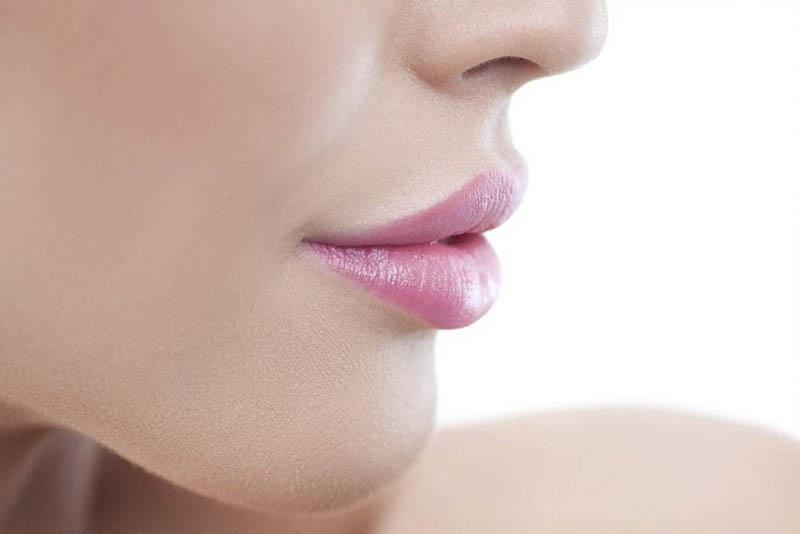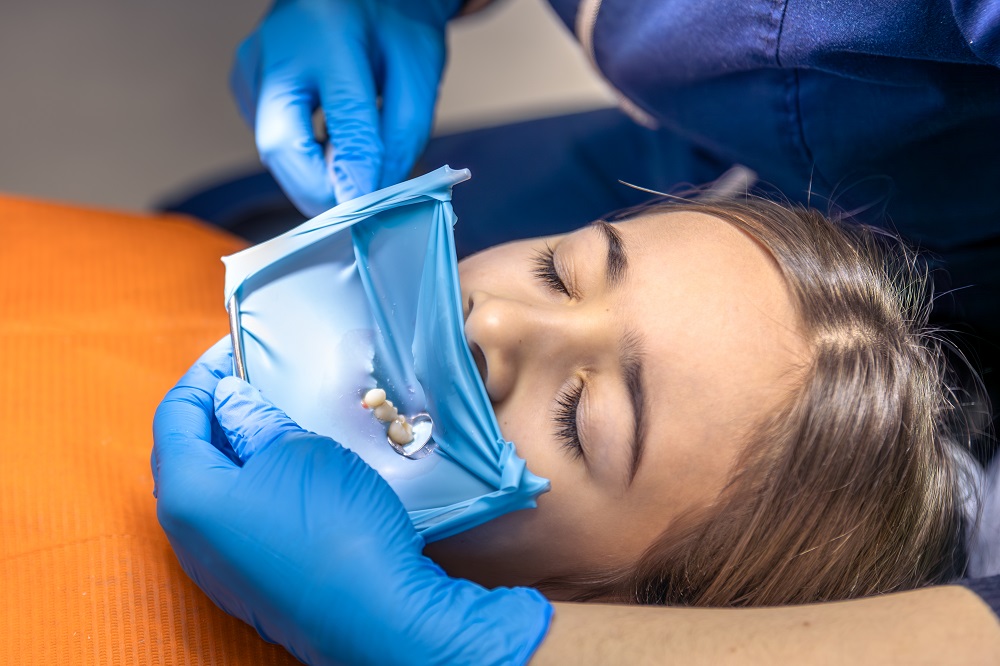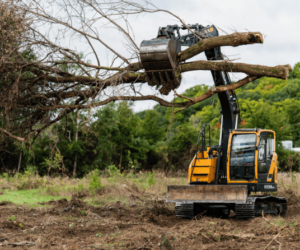Top Causes of Knee Pain and How to Treat Them
Knee pain is a common problem for people of all ages. It can be caused by many things, such as injuries, aging, or medical conditions. Sometimes the pain is sharp and sudden. Other times, it is dull and long-lasting. Understanding the cause of your knee pain is the first step to finding the right treatment.
In this blog, we will explain the top causes of knee pain and how to treat each one. If you or someone you know has knee pain, this guide will help you learn more and take action.
1. Knee Injuries
One of the most common causes of knee pain is injury. The knee joint is made of bones, cartilage, ligaments, and tendons. Any of these parts can get hurt. Common knee injuries include the following.
- Ligament injuries: These include injuries to the ACL (anterior cruciate ligament), MCL (medial collateral ligament), or PCL (posterior cruciate ligament). These often happen in sports.
- Meniscus tear: The meniscus is cartilage that acts as a cushion between your thigh and shin bones. It can tear if you twist your knee suddenly.
- Tendonitis: This is when the tendons in your knee become inflamed, usually from overuse.
- Dislocated kneecap: Sometimes, the kneecap (patella) moves out of place, causing pain and swelling.
How to Treat Knee Injuries?
- Rest the knee and avoid activities that cause pain.
- Use ice packs to reduce swelling.
- Wrap the knee with a bandage for support.
- Take pain relievers like ibuprofen.
- For serious injuries, physical therapy or surgery may be needed.
2. Osteoarthritis
Osteoarthritis is a condition where the cartilage in the knee wears away over time. It usually happens in older adults. As the cartilage breaks down, the bones rub against each other, causing pain, swelling, and stiffness.
Symptoms of Osteoarthritis
- Pain that gets worse after activity
- Swelling and stiffness
- Cracking or popping sounds when moving the knee
- Difficulty bending or straightening the knee
Treatment Options
- Exercise to strengthen the muscles around the knee
- Losing weight to reduce pressure on the joint
- Anti-inflammatory medicines
- Knee braces for extra support
- Joint injections or, in some cases, knee replacement surgery
3. Rheumatoid Arthritis
Rheumatoid arthritis (RA) is an autoimmune disease. This means the body’s immune system attacks its own joints. RA causes inflammation in the knee and can damage the cartilage and bones.
Signs of RA in the Knee
- Swollen, warm knee joint
- Pain and stiffness, especially in the morning
- Fatigue and feeling unwell
How to Treat RA
- Disease-modifying drugs (DMARDs) to slow joint damage
- Steroids to reduce swelling
- Regular physical activity and stretching
- A doctor may also suggest joint injections or surgery if needed
4. Bursitis
Bursitis happens when small fluid-filled sacs called bursae become inflamed. These sacs help reduce friction in your joints. When inflamed, they cause pain, especially when you press or move your knee.
What Causes Bursitis
- Repeated kneeling (such as in gardening or cleaning)
- A hard fall or injury to the knee
- Infection
Treatment Options
- Rest and avoid pressure on the knee
- Use ice to reduce swelling
- Take over-the-counter painkillers
- In some cases, a doctor may remove the fluid with a needle
5. Gout
Gout is a type of arthritis caused by too much uric acid in the blood. The uric acid forms crystals that collect in the joints. It can cause sudden and intense knee pain.
Signs of Gout
- Sudden, sharp pain in the knee
- Red, hot, and swollen knee
- Pain may come and go in attacks
Treatment Options
- Medications to reduce uric acid levels
- Drinking plenty of water
- Avoiding foods high in purines (like red meat and seafood)
- Resting the affected knee
6. Patellofemoral Pain Syndrome
This condition is also known as “runner’s knee.” It causes pain in the front of the knee, around the kneecap. It often happens in people who run, jump, or climb stairs a lot.
Symptoms
- Pain when walking up or down stairs
- Aching pain when sitting for a long time
- Popping sounds in the knee
Treatment Options
- Rest and ice
- Stretching and strengthening exercises
- Wearing proper shoes
- Using knee support during activity
7. Tendon Tears
The quadriceps or patellar tendon can tear due to injury or overuse. These tendons connect the muscles in your thigh to your knee.
Symptoms
- Sudden pain and swelling
- Trouble straightening the knee
- Feeling like your knee is giving way
Treatment Options
- Minor tears may heal with rest, ice, and physical therapy
- Large tears often need surgery
Preventing Knee Pain
While some causes of knee pain can’t be avoided, many can be prevented by taking care of your body.
Tips to Prevent Knee Pain
- Maintain a healthy weight
- Wear proper shoes
- Warm up before exercise
- Strengthen your leg muscles
- Avoid sudden increases in physical activity
When to See a Doctor
You should see a doctor if,
- Your pain doesn’t go away with rest
- Your knee is very swollen
- You can’t put weight on the knee
- You have a fever along with knee pain
- The knee looks deformed
Getting medical help early can prevent the problem from getting worse.
Conclusion
Knee pain can be mild or serious, short-term or long-lasting. It’s important to understand the cause so you can treat it properly. From injuries and arthritis to overuse and other health problems, many things can lead to knee pain. If you’re dealing with knee pain, don’t ignore it. Talk to a doctor or pain specialist to find the best treatment. The right care can help you feel better and move freely again.Need help with your knee pain? Contact Pain Treatment MD today and take the first step toward pain-free living.













